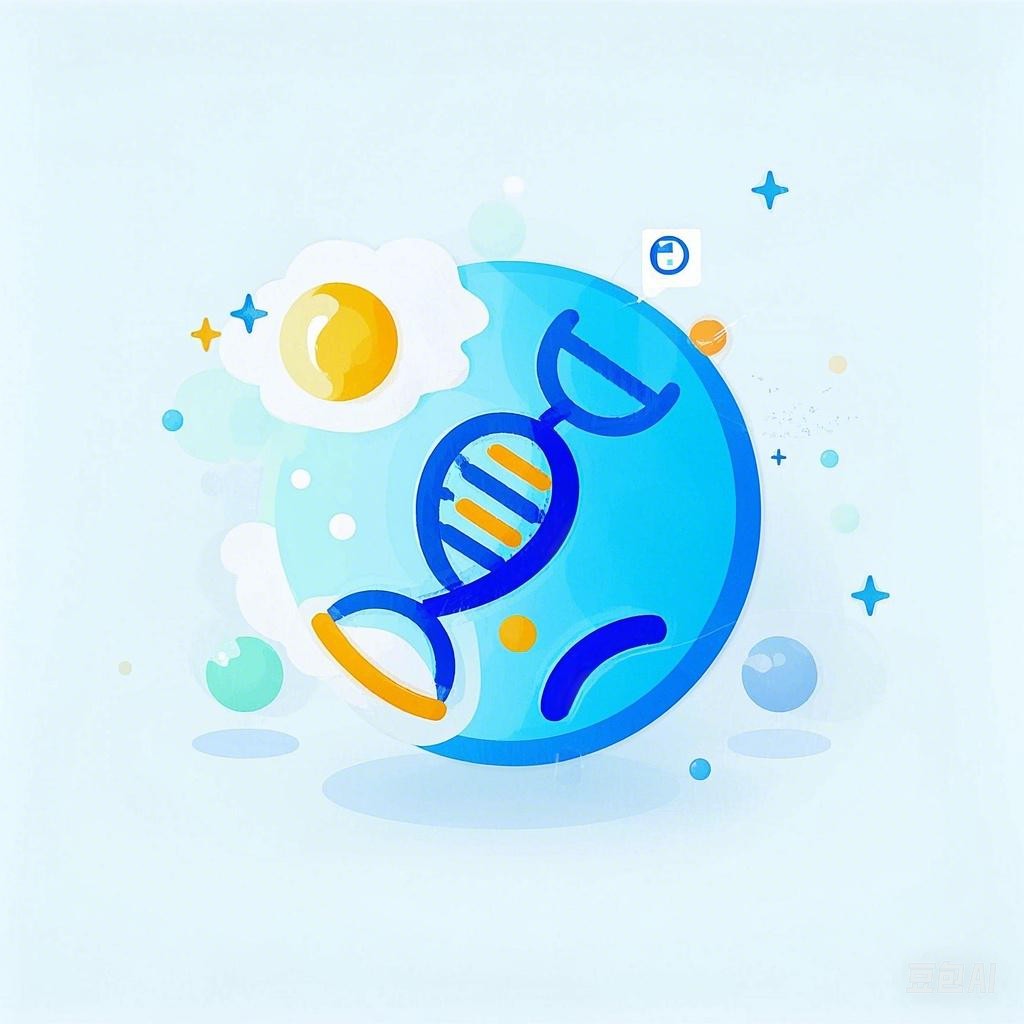Biopharmaceuticals have revolutionized the healthcare industry, offering innovative solutions to a wide range of medical conditions. In this article, we will delve into the fascinating world of biopharmaceuticals, exploring their history, types, applications, and the significance of their logos. By understanding the secrets behind these logos, we can gain a deeper appreciation for the power and potential of biopharmaceuticals.
Introduction to Biopharmaceuticals
Definition
Biopharmaceuticals are medications derived from living organisms, such as bacteria, yeast, and human cells. These drugs are designed to treat or prevent various diseases, including cancer, autoimmune disorders, and infectious diseases.
History
The development of biopharmaceuticals began in the late 20th century, with the first recombinant human insulin being approved for use in 1982. Since then, the field has seen rapid growth, with new biopharmaceuticals being developed at an unprecedented rate.
Types of Biopharmaceuticals
Monoclonal Antibodies
Monoclonal antibodies are proteins that mimic the immune system’s ability to target specific antigens. They are used to treat various cancers, autoimmune diseases, and inflammatory conditions.
Example: rituximab
Rituximab is a monoclonal antibody used to treat non-Hodgkin’s lymphoma and chronic lymphocytic leukemia. It works by targeting the CD20 protein on the surface of cancer cells, leading to their destruction.
Recombinant Proteins
Recombinant proteins are manufactured using genetic engineering techniques. They include insulin, growth hormone, and interferon, among others.
Example: insulin
Insulin is a hormone that regulates blood sugar levels. Recombinant human insulin is used to treat diabetes by replacing the insulin that the body cannot produce.
Vaccines
Vaccines are designed to stimulate the immune system to recognize and fight specific pathogens. Some biopharmaceutical vaccines use recombinant DNA technology to produce the antigen.
Example: Gardasil
Gardasil is a vaccine that protects against human papillomavirus (HPV), which can lead to cervical cancer and other diseases. It contains recombinant HPV proteins that stimulate the immune system to produce an immune response.
Applications of Biopharmaceuticals
Cancer Treatment
Biopharmaceuticals have revolutionized cancer treatment, offering targeted therapies that can improve patient outcomes. Monoclonal antibodies, such as trastuzumab, have shown significant success in treating breast cancer.
Autoimmune Diseases
Biopharmaceuticals are used to treat autoimmune diseases, such as rheumatoid arthritis and multiple sclerosis. These drugs help to modulate the immune system, reducing inflammation and preventing tissue damage.
Infectious Diseases
Biopharmaceuticals are also used to treat infectious diseases, such as HIV/AIDS and hepatitis C. These drugs, including antiretroviral therapy and interferon, have significantly improved patient survival rates.
The Significance of Biopharmaceutical Logos
Branding
Biopharmaceutical logos serve as a critical branding tool, helping patients and healthcare professionals identify and differentiate between different medications. A distinctive logo can make a significant impact on the marketability of a drug.
Trust and Credibility
The logos of biopharmaceutical companies often convey a sense of trust and credibility. A well-designed logo can instill confidence in the quality and effectiveness of the drug.
Cultural and Symbolic Significance
Some biopharmaceutical logos have cultural or symbolic significance. For example, the logo of Genentech, a pioneer in biotechnology, features a lightbulb to symbolize the company’s innovative spirit.
Conclusion
Biopharmaceuticals have the potential to transform healthcare, offering targeted and effective treatments for a wide range of medical conditions. By understanding the secrets behind the logos of these groundbreaking medications, we can appreciate the power and potential of biopharmaceuticals even more. As the field continues to evolve, we can expect to see even more innovative and life-saving biopharmaceuticals enter the market.
